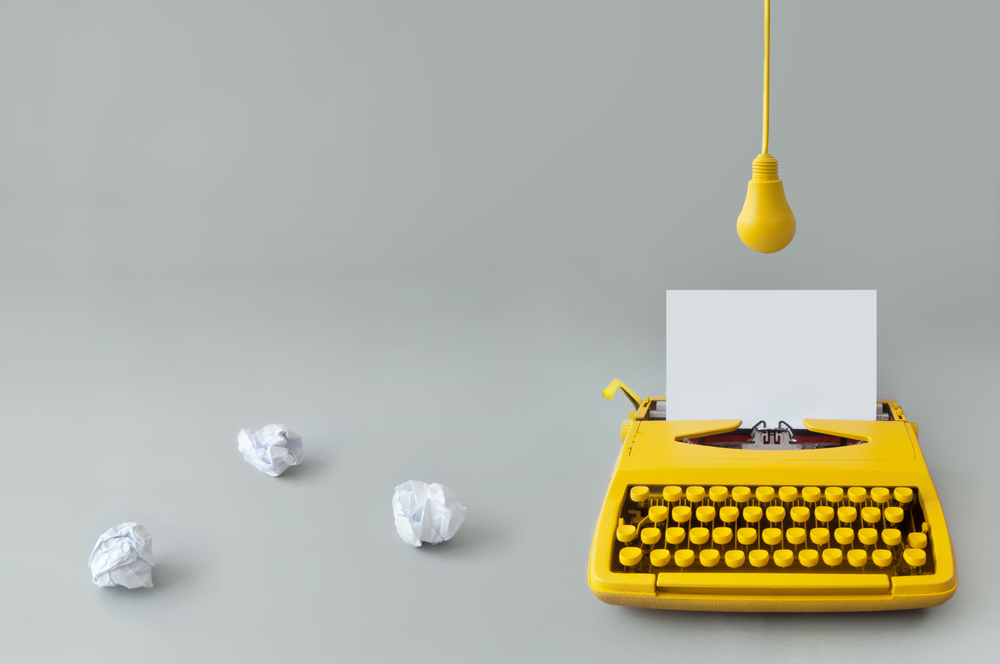Hey there, brave soul!
Are you currently staring at a blank page, fingers hovering over the keyboard, waiting for the perfect words to magically appear? Or perhaps you’ve written something, but you’re convinced it looks like it was penned by a caffeinated squirrel. If either of these sounds familiar, first, take a deep breath, and second, let me share a gem from the illustrious Anne Lamott: “Almost all good writing begins with terrible first efforts. You need to start somewhere.”
See? You’re not alone in this. Let’s dive into why messy beginnings are not just okay, but essential!
- Perfection is Paralyzing
Imagine waiting for the perfect moment, the perfect mood, and the perfect words. Newsflash: they might never come. The quest for perfection often leaves us paralyzed, waiting at the starting line.
Example: Ever seen a toddler learning to walk? They don’t wait for the perfect step; they wobble, fall, get up, and try again. Be that toddler. Embrace the wobble.
- Terrible Drafts are Freedom
There’s something liberating about allowing yourself to write terribly. Without the pressure of perfection, your creativity flows, uncensored and unfiltered.
Example: Remember your first pancake? It’s often the weirdest looking one, but it paves the way for the golden stacks that follow. Your first draft is that wonky pancake.
- Growth Happens in the Rewrites
It’s in revisiting, refining, and reworking that growth happens. The real magic often occurs during the second, third, or umpteenth draft.
Example: Think of sculptors. They don’t start with a polished statue. They chip away, bit by bit, until the masterpiece reveals itself.
- Every Author’s Been There
No one, and I mean no one, nails it in the first go. Every renowned author has faced the terror of the terrible draft.
Example: J.K. Rowling didn’t conjure up the “Harry Potter” series in a day. There were drafts, revisions, and probably a lot of crumpled paper.
- It’s a Learning Curve
Mistakes, inconsistencies, and oddball metaphors are all part of the learning process. They’re signposts pointing to what needs attention.
Example: Remember that time you used too much salt instead of sugar in a recipe? Mistakes guide us (and sometimes lead to unexpectedly delicious results).
- Celebrate Small Wins
Instead of lamenting over a “bad” paragraph, celebrate the fact that there is a paragraph. Words on paper (or screen) are progress.
Example: It’s like building a LEGO tower. Each block, no matter how wonkily placed, contributes to the final structure.
Now, after all these pep talks and pancake references, here’s your action item: Write. Write terribly, write wonderfully, write weirdly. But write. Allow yourself the freedom of flawed first drafts, knowing they’re the stepping stones to greatness.
To wrap it up with another nugget from Anne Lamott: “Perfectionism is the voice of the oppressor.” So, toss perfectionism out the window and dance in the delightful rain of messy beginnings. Your future self, basking in the glow of your polished prose, will thank you.
Feeling inspired? Grab that pen, or keyboard, or quill (no judgment here) and start pouring out those words. And remember, every masterpiece starts with a single, sometimes shaky, stroke.

